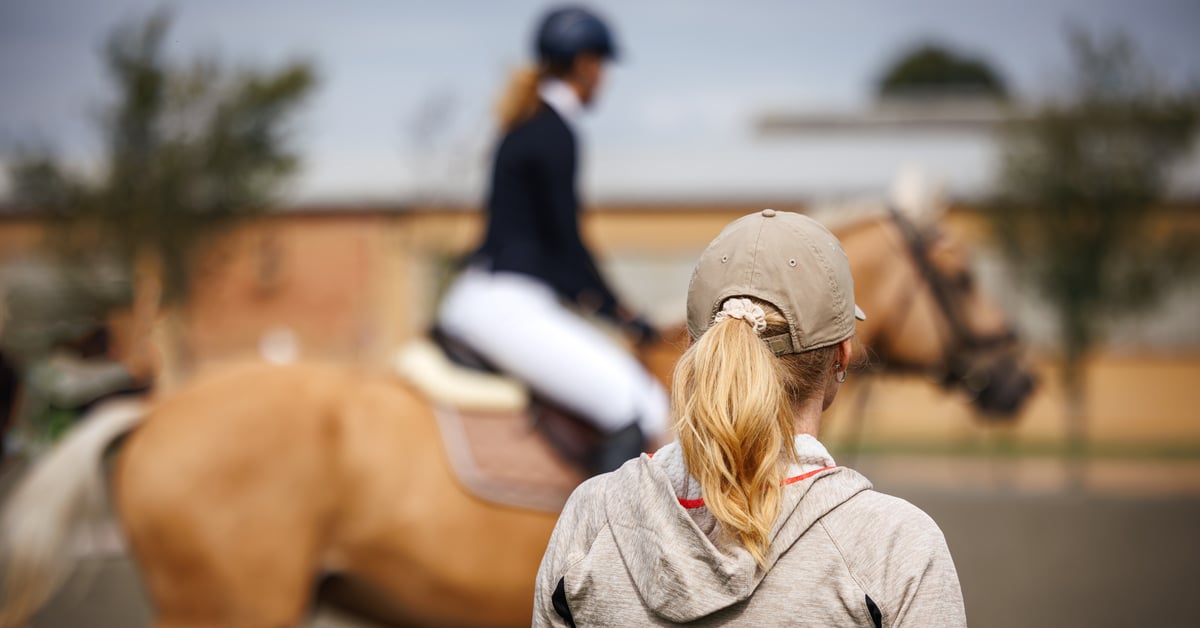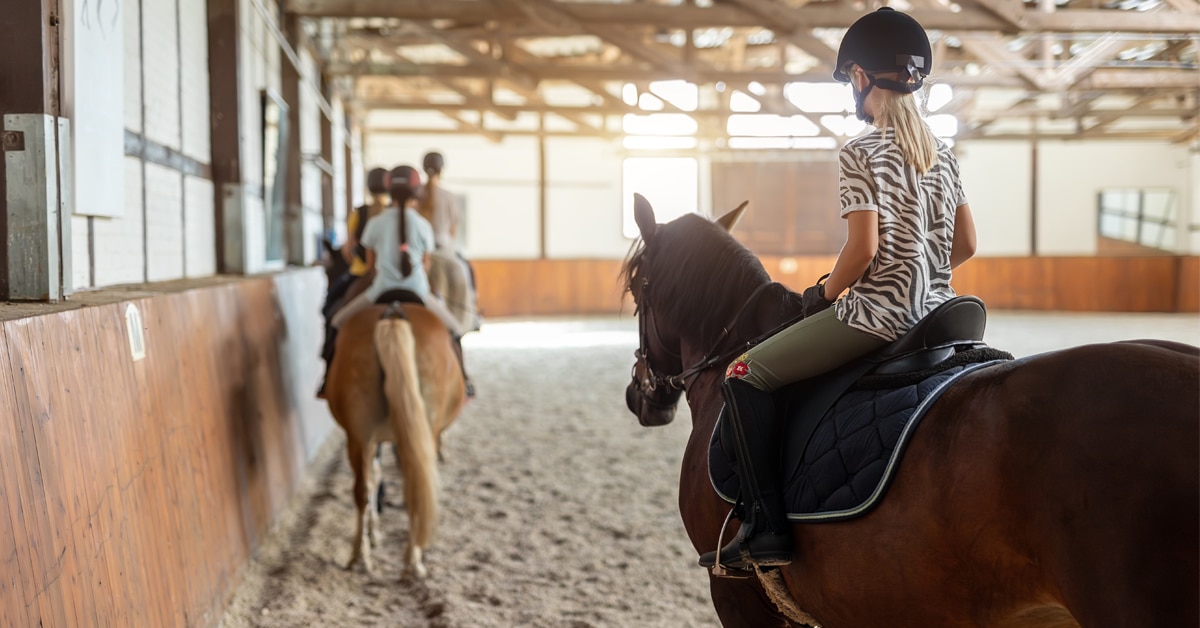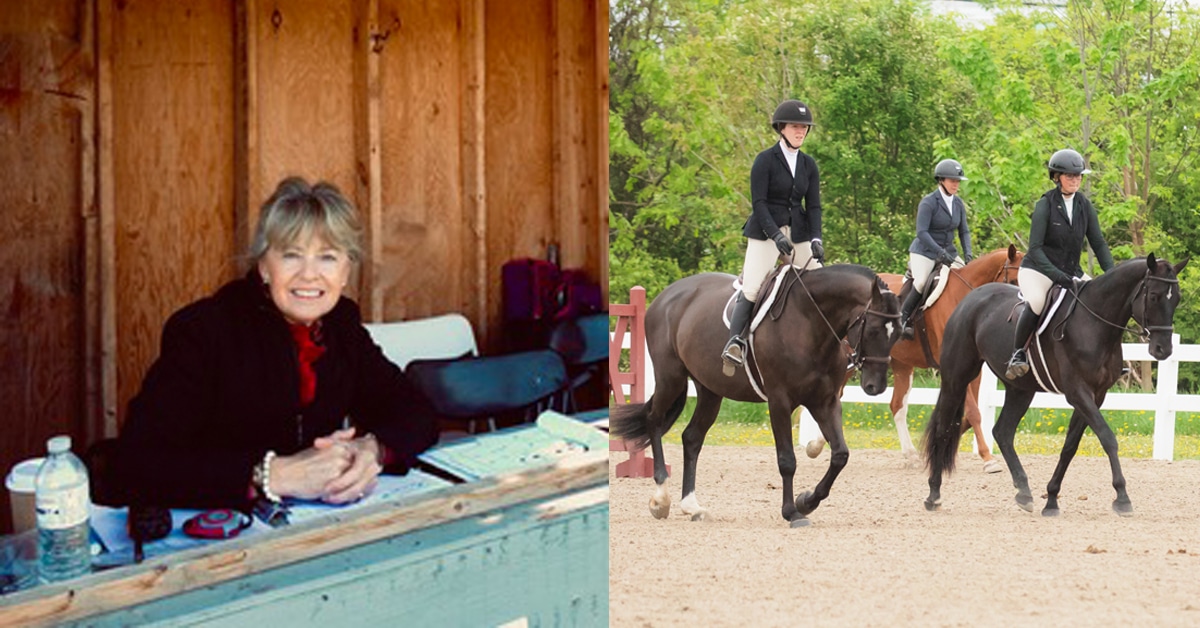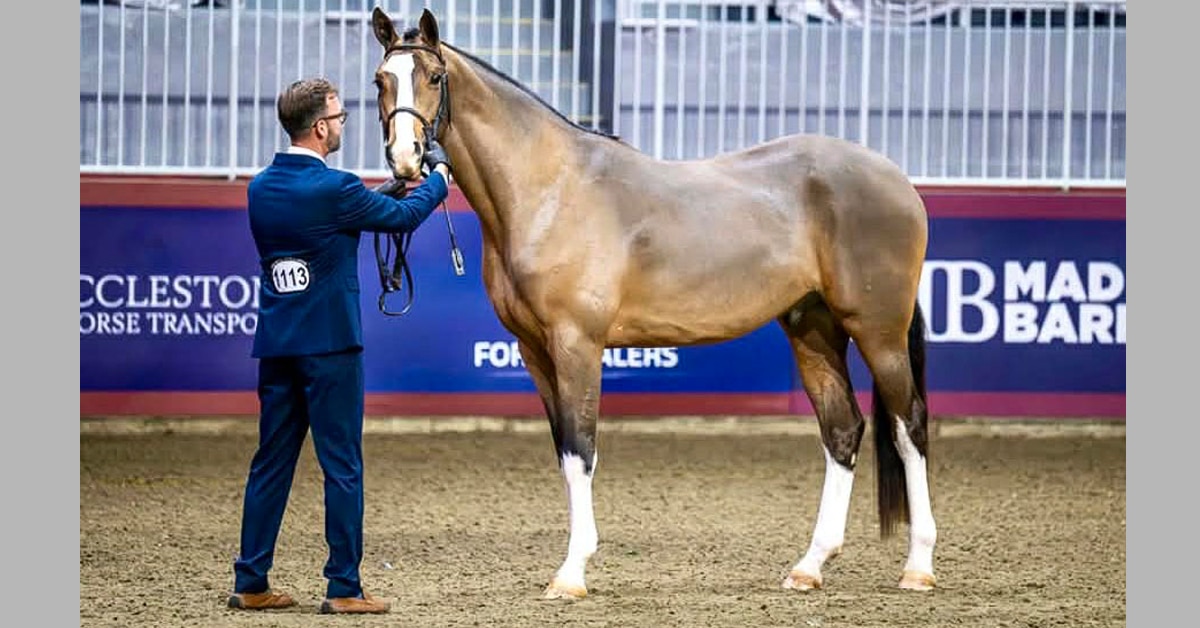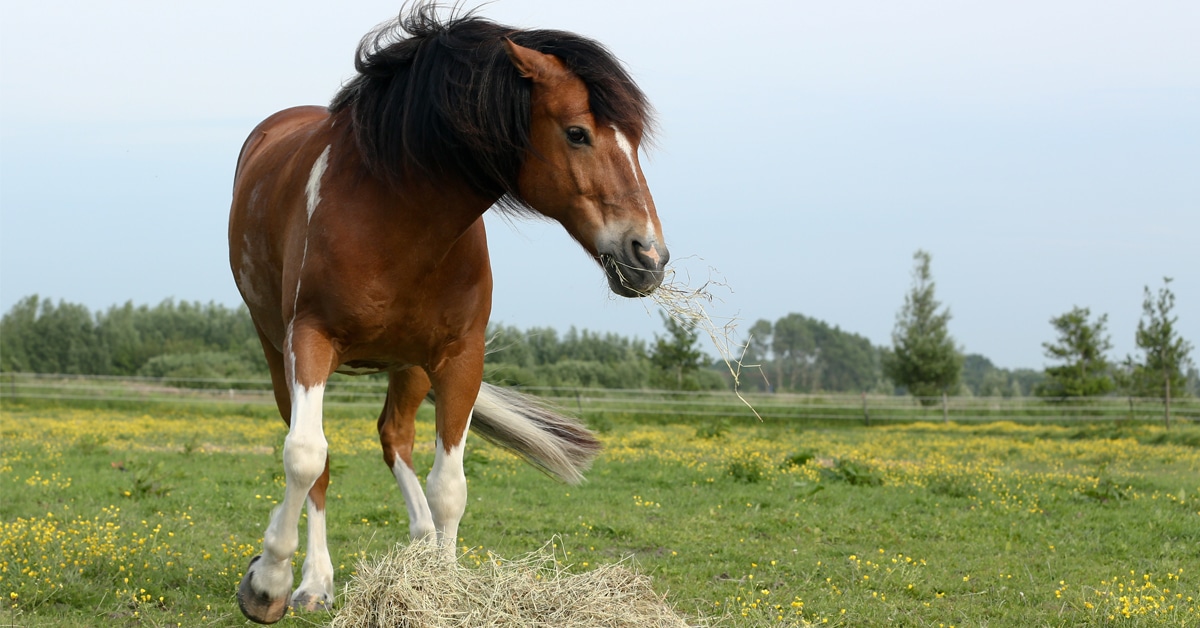As common nomenclature in many equestrian disciplines, “lightness” is used to describe many things. In the midst of the competitive dressage debates, lightness of the horse and of the hand are of particular interest and warrant a deeper look.
Lightness is more than just a springy horse who appears light on his feet; it is a technical goal and a critical anatomical prerequisite to collection. Optimum performance of the horse requires lightness within their own physicality as well as in the communication from their rider for that sought-after harmony. To quantify a clear definition of lightness requires an analysis of the biomechanics of healthy, pain-free, happy horses. Through this, we can define applicable terms of what lightness truly is.
Anatomy of Lightness
The power of a horse’s movement is generated in the hindquarters, and that power is transferred through the spine over the horse’s back through the extensor muscles, which, when engaged, extend and stabilize the spine. This chain works in concert with the flexor muscles, including the abdominals, to bring the hindlimbs forward and flex the lumbosacral junction.
Working as an antagonist to the extensor chain to support the organs and further stabilizing the back, the flexor chain also makes bascule over the back possible. “Bascule” is a French term meaning “an arch that comes into being through movement.” In horsemanship, this means a slight upward arching of the horse’s back, and is needed when carrying a rider in order for the horse to move their best. When the muscle chains are properly engaged in movement enabling bascule, the cervicothoracic junction – where the base of the neck connects to the thoracic spine – is freed to lift, and the horse is empowered to proudly carry the neck and free the shoulder.

The equine skeletal system. (Wikipedian Prolific by Wilfredor/Wikimedia Commons)
In her book Principles of Conformation Analysis, Deb Bennett, PhD explains “The actions that generate and facilitate lightness include tightening of the abdominal muscles, flexion of the lumbosacral joint, and bending of the joints of the hind limb, coiling his loins and hindquarters for thrust.” This coiling, she describes, arches the freespan of the horse’s back slightly upwards, and along with it the pommel of the saddle. “A horse must be able to bascule as well as flex around turns… Balance and bascule are intimately related.”
She further explains that “Because the horse’s back by nature is a flexible chain, a rider cannot lighten a horse’s forehand either by lifting the horse’s head or by sitting far back. Neither do high-lifted knees per se indicate lightness. ‘Lightness’ refers to the whole of a horse’s forehand. Lightness comes not from a horse’s head position or how he addresses the bit, but from engagement of the hindquarters, bascule of the freespan of the back and the ‘neck-telescoping’ gesture.”
The neck-telescoping gesture is the action of the cervicothoracic junction being lifted and the scalenus muscle, a relatively small muscle approximately the size of a human bicep, drawing the first rib towards the C3-C6 vertebrae in the base of the neck. “Lifting from the base of the neck” is a phrase commonly heard, but this can lead to various interpretations, including, for example, excess tension in the brachiocephalicus and vertical necks which are more often associated with hollowed spines.
But by changing the vernacular to identify the neck-telescoping gesture – that lifted, almost swan-like arched extension we often see in stallions – the idea can be better visualized. Because the scalenus is small, it is especially weak in young horses, and even in well-conditioned mature horses is not strong enough to overcome unhealthy movement patterns such as those of a horse with disengaged hindquarters, traveling hollow or inverted, or with a downward force over the spine. With conditioning and correct carriage in lightness, however, this muscle supports the cervicothoracic junction within the thoracic cradle, which all in turn contributes to freeing the shoulder for that expressive, gymnastic movement.
When the neck shape is coerced or compressed, it negatively impacts the horse’s balance and throughness.
Only through bascule and lightness is a horse capable of collection. This starts from and is always primarily a product of flexion of the lumbosacral joint, and is completed when the scalenus muscles produce the neck-telescoping gesture. When movement patterns are incorrect, or the back is dropped, hollowed, or the neck is compressed, these muscles cannot engage. Bascule (flexion of LSJ and hindquarter engagement) plus flexion of scalenus muscles, need the body of the horse to be carrying from behind in order to free the cervicothoracic area so that they can engage.
Leg-movers versus Back-movers
Despite recent trends lauding the expressive leg movements of upper level dressage horses, it is important to note that the high-stepping does not automatically equate lightness. As Bennett explained, lightness comes from the body, not solely the elevated activity of the limbs.
For a high-stepping horse to truly be light, the lumbar area behind the saddle should be lifted and not dropped. Often with the leg movers we see a dip between the back of the saddle and the croup which indicates a lack of adequate flexion in the lumbosacral junction, and is generally also associated with disengaged hindquarters. Ideally, the lumbar area will be arched slightly upwards in bascule with a coiled loin and hindlimb capable of stepping well under the horse’s core.

While at first glance this horse performing passage might seem correct, the lumbar area behind the saddle has dropped, the hindquarters are disengaged and the horse is not lifting from the cervicothoracic junction to reach forward into the contact. (Kseniya Abramova – stock.adobe.com)
Freedom of the spine to move as nature requires is essential for lightness, and this includes the neck. As the most mobile and flexible section of a horse’s spine, it’s premature to think that controlling the neck controls the horse in a constructive manner. Instead, such efforts to manufacture or compress the shape act against the horse’s natural abilities.
The neck gets too much focus as it is, so it’s important to note that when the body is moving correctly, the position and carriage of the neck will naturally be carried in the aesthetically-desired manner. A properly carried neck will be arched up and forwards in the neck-telescoping gesture where the width of the neck is thickest in the middle. The horse should appear to be reaching forward into the contact with an open throatlatch. Unfortunately, it is increasingly rarer to see such carriage and lightness in competitive dressage.
When the neck shape is coerced or compressed, it negatively impacts the horse’s balance and throughness, disengages the thoracic sling, and makes it impossible to engage the scalenus for the neck-telescoping gesture. By trying to control the horse in front, it creates a cascade-effect down the length of the spine, even acting against the ability of the hindquarters to properly engage.
In The Great Dressage Debate: Flashy versus Correct, Tom Dvorak, one of Canada’s top international dressage riders, explains, “As riders we have had to adjust to the more athletic horse. Today’s horses are a lot more energetic and sensitive, so they require a rider with a good balanced seat, good feel, and – as with any horse – patience… Expressive movers, or flashy horses, are usually also quite high energy, which could easily create negative tension. Positive tension is what we need in the Grand Prix horse, but negative tension should be penalized.” Although the expressive “leg-movers” may dazzle in the ring, good training still requires throughness over the back for true lightness.
Every study from recent decades performed with ridden horses in multiple English disciplines has demonstrated that the weight of rein pressure is in significant excess of one pound, with dressage riders often having the heaviest hands of all.
Adverse Effects of Rein Pressure
If you delve into the classic works on the art of dressage, the old masters often tout that the weight in the reins should be little more than the weight of the reins themselves, with one pound being mentioned as the maximum weight in the hand. Soft hands allow the horse to reach forward into the contact with the neck-telescoping gesture as the final component preluding collection. If the bit is pulling against the horse’s forward reach, it risks disrupting their throughness, balance, and impairing the scalenus and thoracic sling.
Of all the research reviewed, every study from recent decades performed with ridden horses in multiple English disciplines has demonstrated that the weight of rein pressure is in significant excess of one pound, with dressage riders often having the heaviest hands of all. A 2014 study evaluating the effect of hyperflexion on the horse’s stress response noted that, for some riders, their “competition frame” and hyperflexion were in excess of 11 lbs (5kg) of rein pressure – exceeding the sensor detection limit for that study. With that much weight on the bit in the competition frame and hyperflexion, the horses’ stress response and conflict behaviours were significantly higher.
To achieve true harmony in lightness with our horses, we must be brave enough to ride their natural movement rather than micromanaging their shape.
This study highlights the counterproductivity of “competition frames” and it’s only one part of a much bigger issue. With the rising and rewarded trend of riding in hyperflexion, curb reins pulled taut, and the prevalence of blue tongues in Grand Prix, modern-day competitive dressage has strayed far from the classical principles of lightness.
Bits have been strongly associated with conflict behaviours previously believed to be behavioural, and excessive rein pressure can injure the sensitive tissues inside the horse’s mouth. Horses usually compress their necks in response to bit pressure. When the neck is compressed, regardless of whether it is held upright or “low-deep-and-round” (hyperflexion; LDR), not only is the horse’s balance disrupted and natural movement inhibited, but their ability to breathe can become greatly compromised.
Multiple studies have observed that horses will often find some compromise to try and get comfortable within the restrictions, but there is almost always a rise in conflict behaviours as signs of distress – which are frequently disregarded by most riders as behavioural flaws.
Finding Harmony in Lightness
To achieve true harmony in lightness with our horses, we must be brave enough to ride their natural movement rather than micromanaging their shape. With the seat as the primary tool of communication, we can have a more positive influence that allows the horse to carry us from the hindquarters. Surrendering the hand to follow the horse’s movement shifts our focus away from controlling the neck and head, and brings our attention to the seat and leg – the largest and most effective surface we share for true communication.
The Latest
